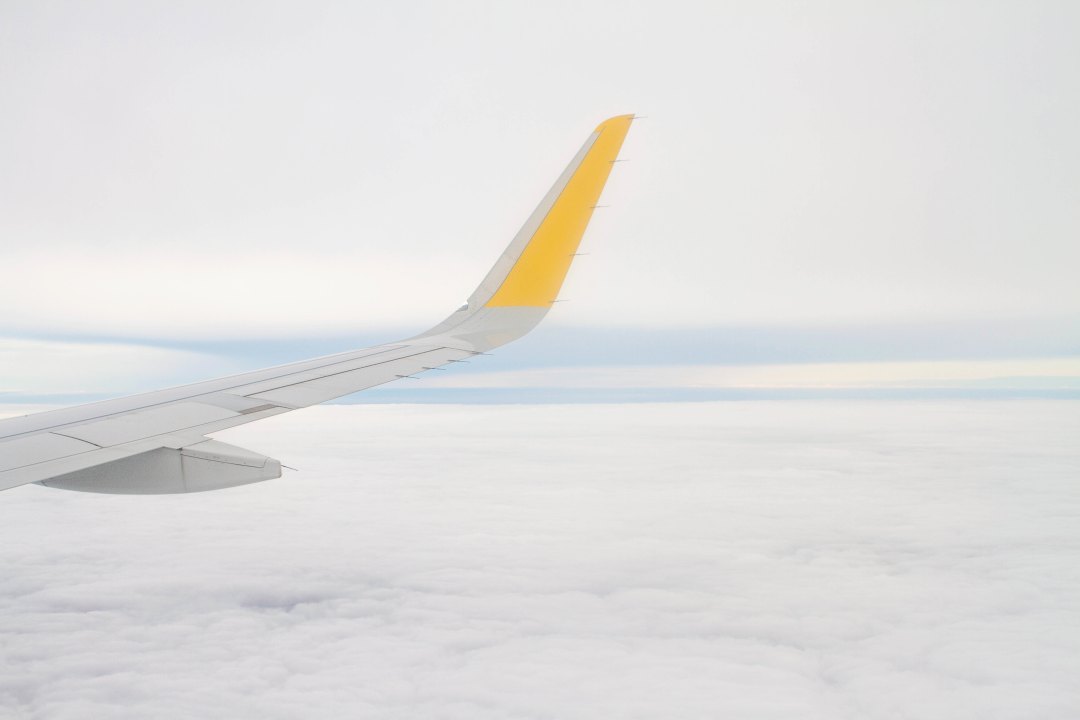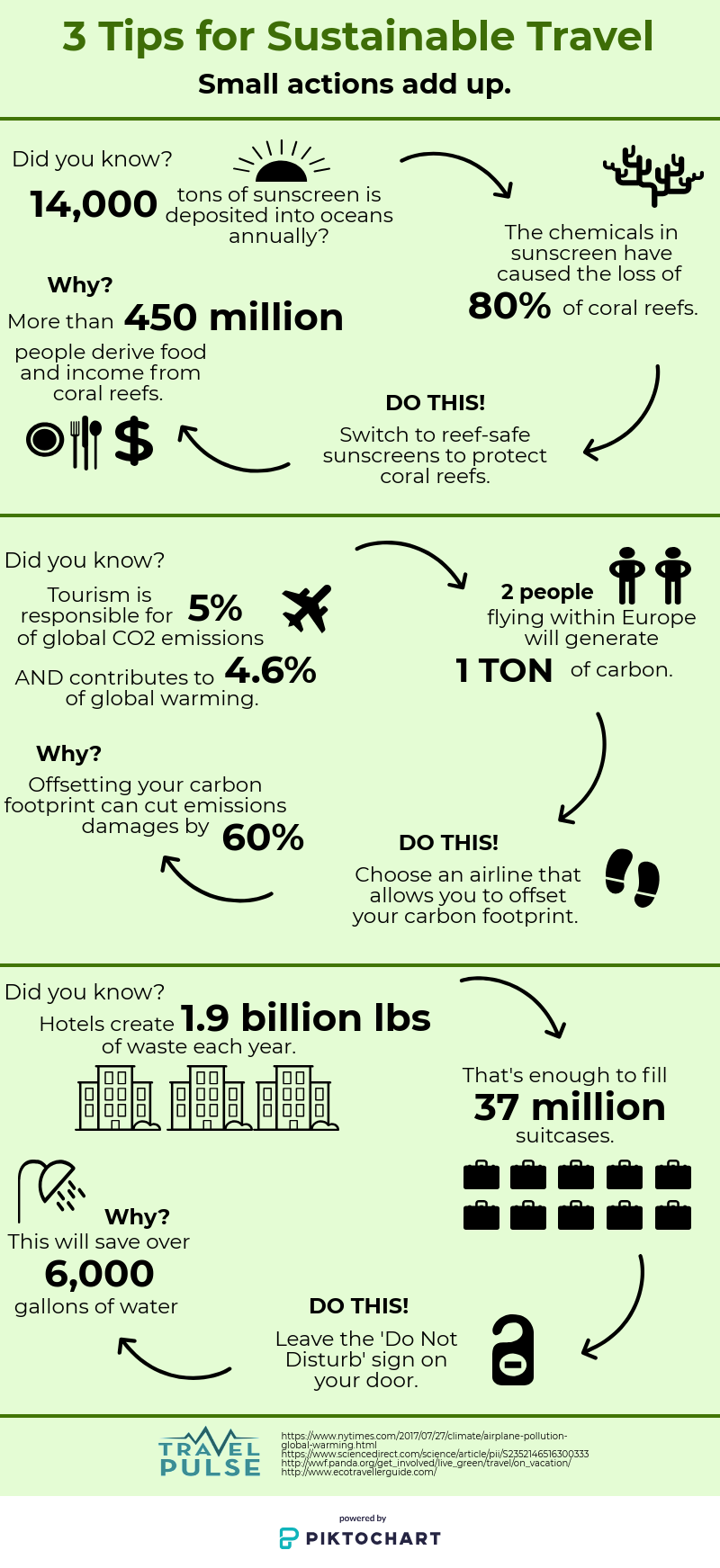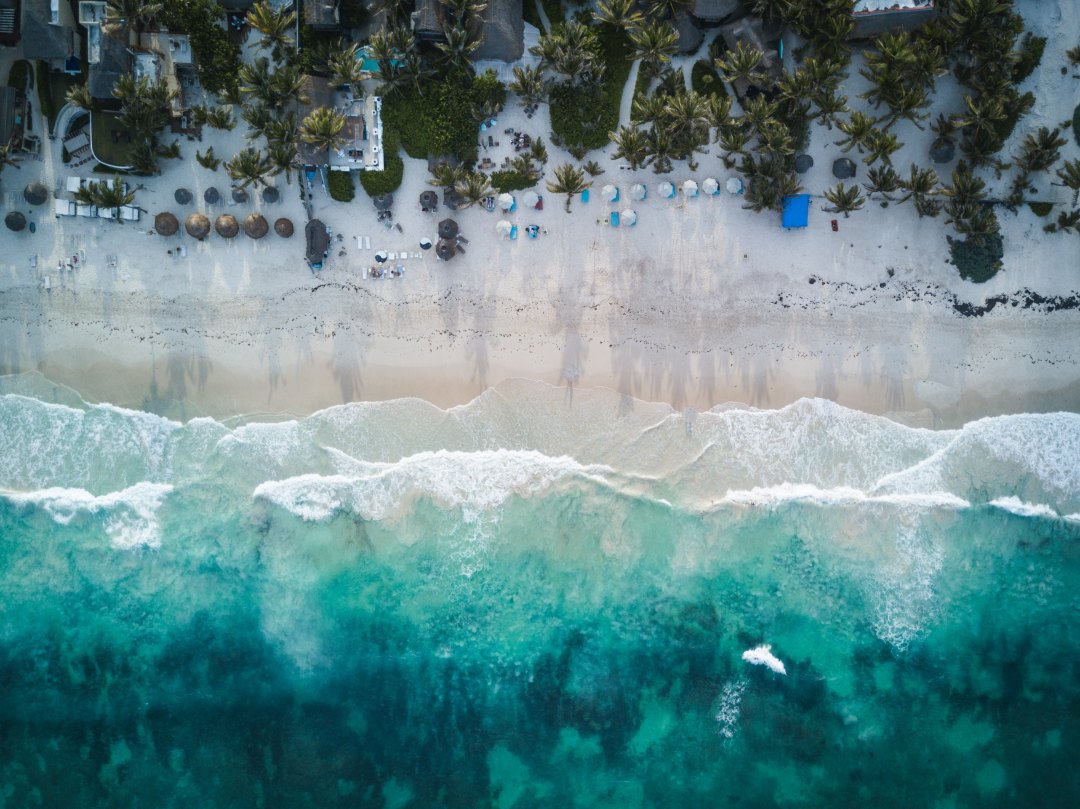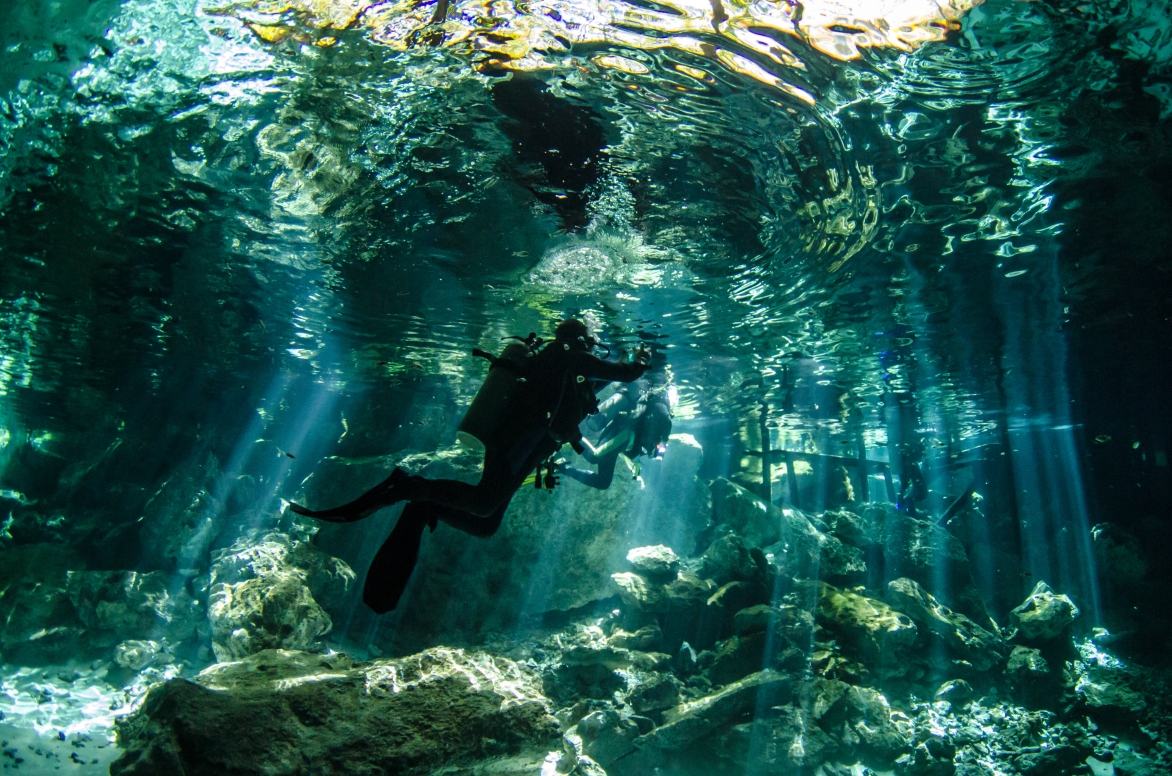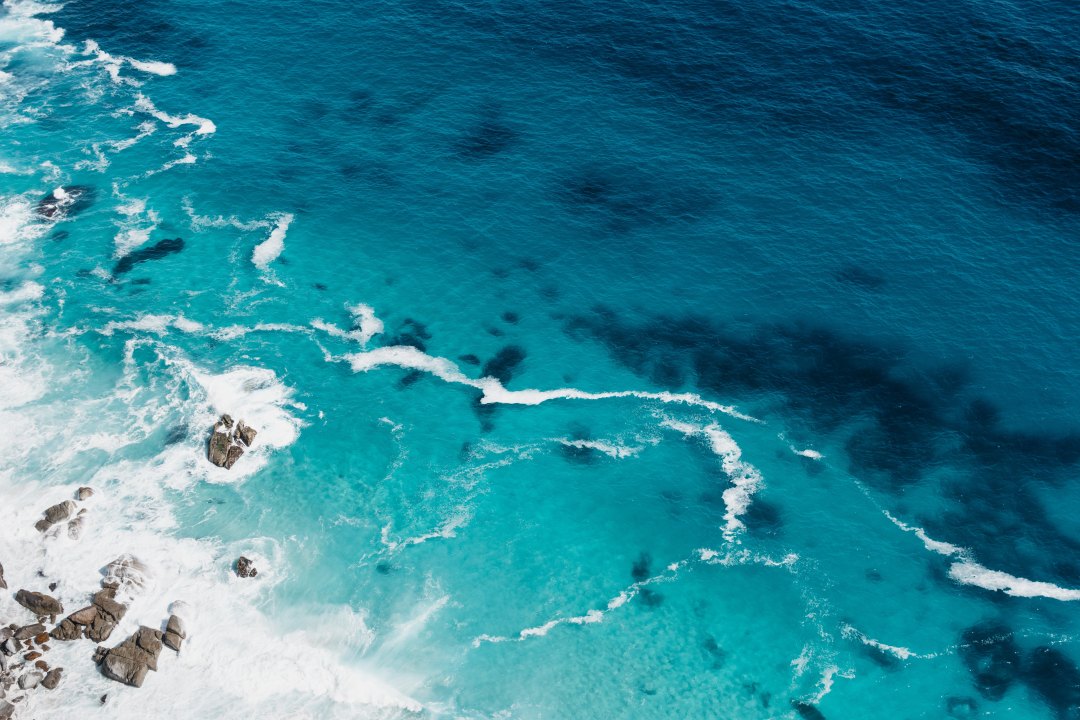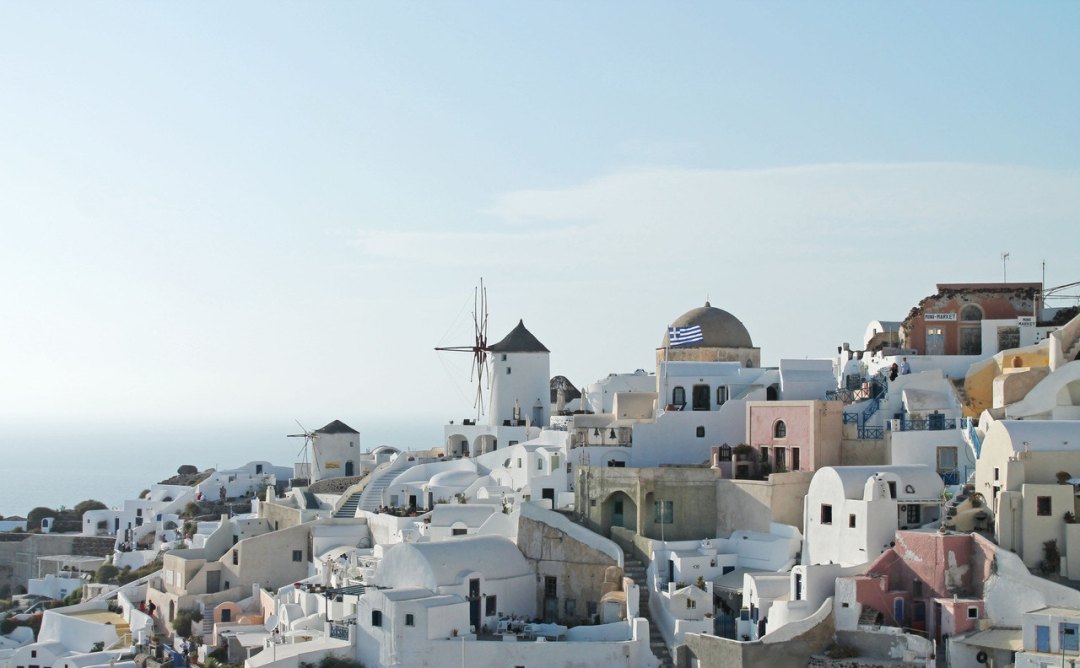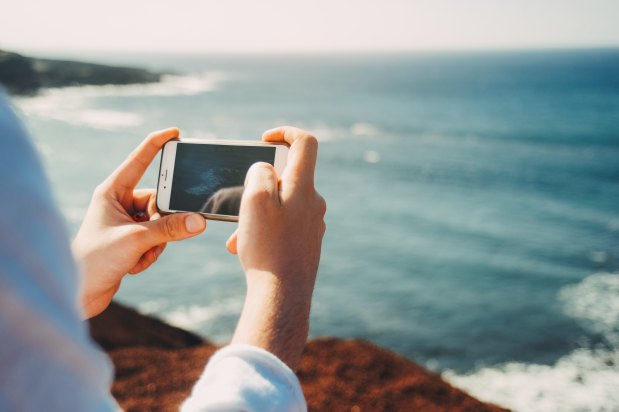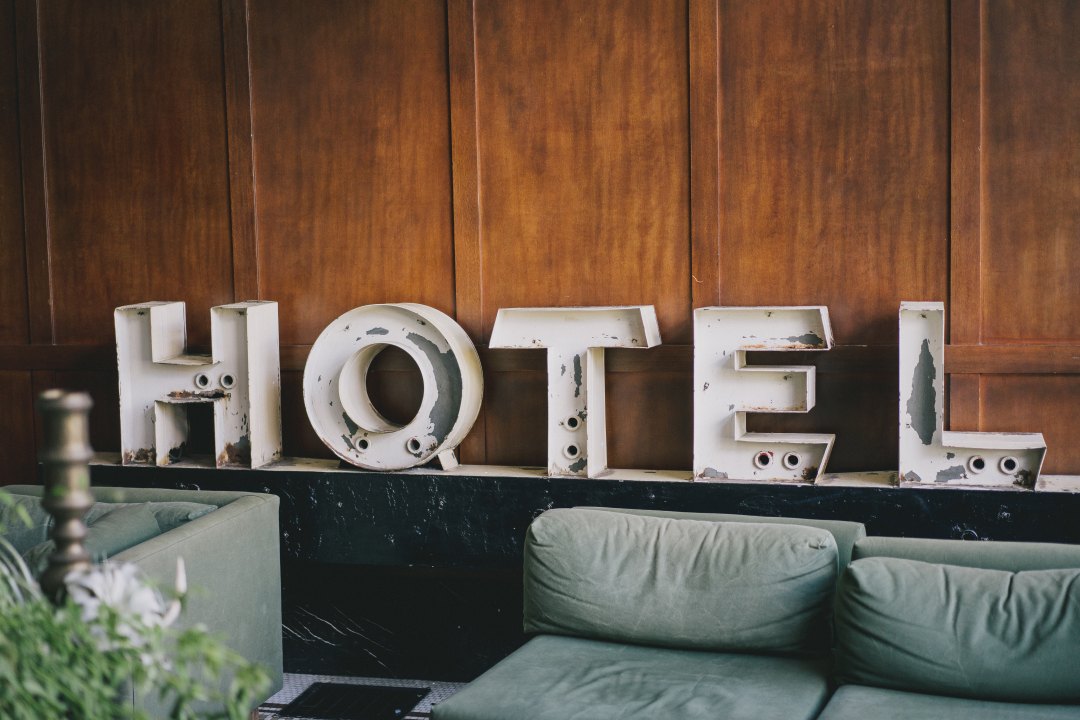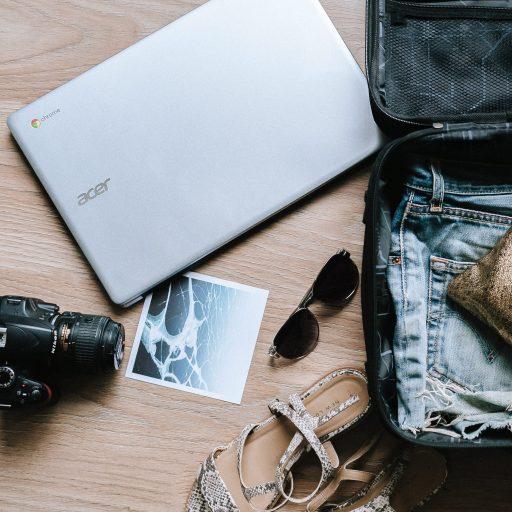
The topic for my blog stemmed from my passion for travel, and the inspiration I drew from the travel industry. When I began my blog, I knew the possibilities were endless in terms of the direction I wanted to go with it. The best part about this was that I ended up taking many of my blog topics in unexpected directions, such as eco-friendly travel tips and the re-branding of a Mexico state that I’ve grown up visiting.
Throughout the term, I continued to be invested in my blog reflecting who I was, my passions and who I wanted to be as an aspiring PR professional. In order to do this, I tried my best to follow through with my social media plan. I had the most success with Instagram and Twitter but struggled with LinkedIn.
I gained so much through my experience with this project and from this course in general, and I’d love to share with you what I’ve learned.
- Writing is a process. Each blog post begins with an idea, followed by reading a research. I would think about what I read, and try to formulate my own thoughts and ideas on it. This process took time, but when it came to the actual writing there was another process of editing and revision. For the best outcome, pacing yourself and taking your time is going to set yourself up for success.
- PR is everywhere. At the beginning of this course, I was worried I wouldn’t be able to incorporate a PR angle into each of my blog posts. Our class discussions and drawing inspiration from my classmates and their feedback really helped with this. Reading about my topic and following accounts on social media was my main source of inspiration.
- Be open-minded. Setting an intention for yourself, or your blog post, doesn’t mean you have to end up following that. When I started my blog, I thought I would write primarily about airline travel, and never expected to talk about the environmental effects of traveling. Being open-minded with possible blog topics could lead to something great.
- Be yourself. My experience with blogging showed me how important it is to stay true to who you are. Finding my voice through my blog and maintaining consistency with my writing was one of my biggest challenges, but I found that I experienced the most growth when I was challenged or uncomfortable with the process. I found the most success with writing when I was talking about something that I cared about, and wanted to write about and share my thoughts on. Overall, my advice for blogging is to always return to what you are inspired by.

